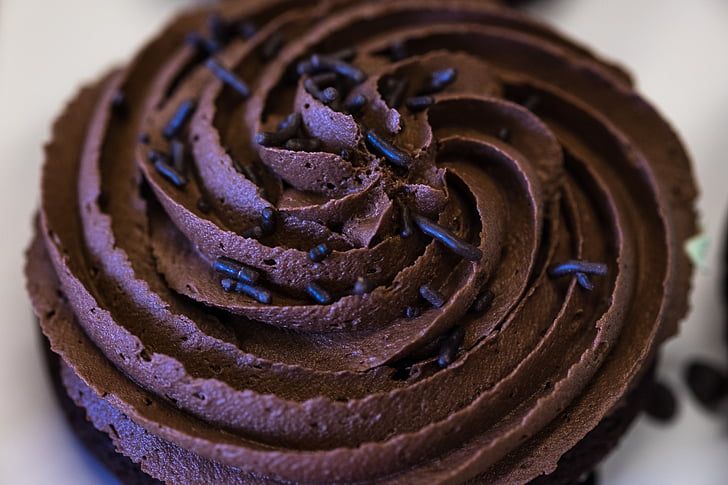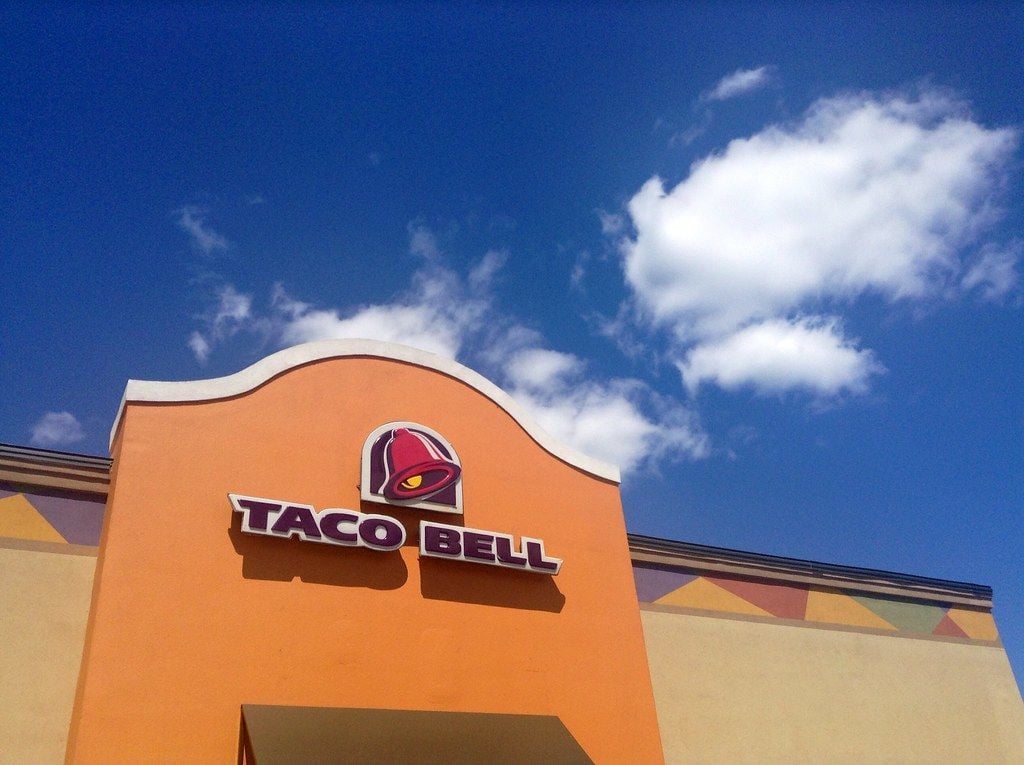
Charleston's Seafood Scene: A Fresh Take on Farm-to-Table
- May 28, 2024
Executive Chef Jason Stanhope vividly remembers his inaugural taste of local soft shell crab at Charleston’s FIG restaurant. Suffused with rich, salty flavor, the dish remains a distinctive culinary memory even decades later. For Stanhope, the crab wasn't just delicious - it became a symbol of his belief in the importance of locality in cuisine, a concept Chesapeake Bay oyster farmers termed "merroir."
Seafood flavors are shaped by their marine environment, an idea echoed by Kevin Mitchell, a culinary historian and chef at The Culinary Institute of Charleston: “Chefs are focusing not only on where the food comes from, but also the people that brought us the food.” Local vendors like Abundant Seafood, with their close proximity to Charleston, provide restaurants unsurpassed access to a wide variety of fresh seafood, bolstering this concept of merroir.
More than romance, this focus on local, fresh and sustainably sourced seafood has transformed Charleston into a unique American seafood town. As James London, executive chef and owner of local Chubby Fish puts it, Charleston offers a seafood experience that really couldn't exist anywhere else in the country, or perhaps even the world.
In addition to flavor, there is the element of trust engendered through relationships built over the years between chefs and their purveyors. As Mike Lata, owner of FIG and part of a new wave of conscientious chefs, puts it, when you get to know the story behind each purveyor, they become a partner, fostering not just a stronger sense of community but also a deeper level of commitment to sustainability.
Oysters, a staple in Charleston for over 4,000 years, offer a compelling case study in the value of merroir. Lata originally highlighted a variety of oysters at The Ordinary. After the pandemic, however, he chose to narrow his focus to celebrate the unique taste of Lowcountry oysters exclusive to Charleston: “Hey, isn’t Charleston interesting? These are the oysters that are found here,” he explains.
James London agrees, saying, “You’re really getting what Mother Earth was doing to it, what the ocean was doing to it,“ pointing to factors such as differing water flows, temperatures, and mineral compositions in the water as elements that contribute to the unique flavor profiles.
The explosion of interest in triggerfish, once an overlooked local species, speaks to the power of this ethos. Once introduced to the menus of FIG and Chubby Fish, it quickly became a sought-after delicacy, all thanks to the vision of restaurateurs who were willing to look beyond traditional fish species for their dishes.
The relationship between restaurants and their purveyors doesn't stop with understanding merroir; it also extends to sustainable practices in seafood harvesting. Both Stanhope and London underscore the need to protect not only the ocean but also the maritime industries that underpin Charleston's appeal. Stanhope, for instance, emphasizes the practice of using every part of the fish, thus limiting waste and fostering sustainability.
Embracing merroir has helped to create a dynamic culinary scene where each meal is a voyage of discovery for the diner. As James London aptly puts it, every day brings a completely new experience: “That’s how we operate.” This exciting culinary innovation in Charleston shows no signs of slowing down, fueling anticipation for the next seafood trend to emerge from Charleston’s waters.






